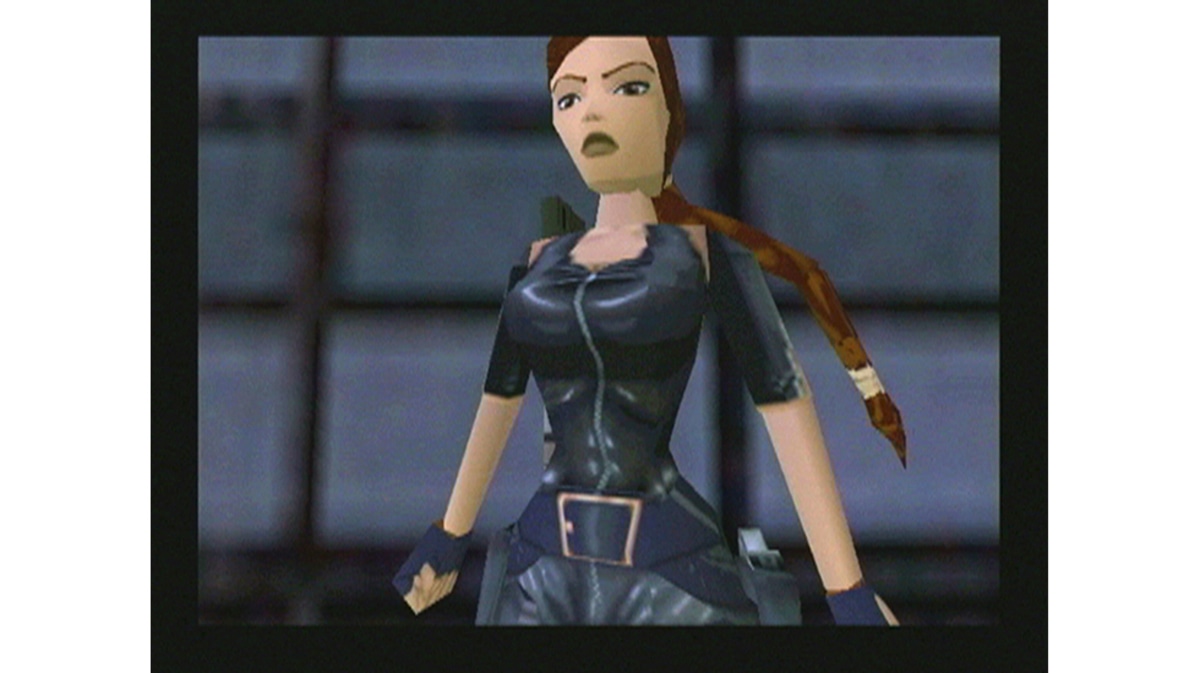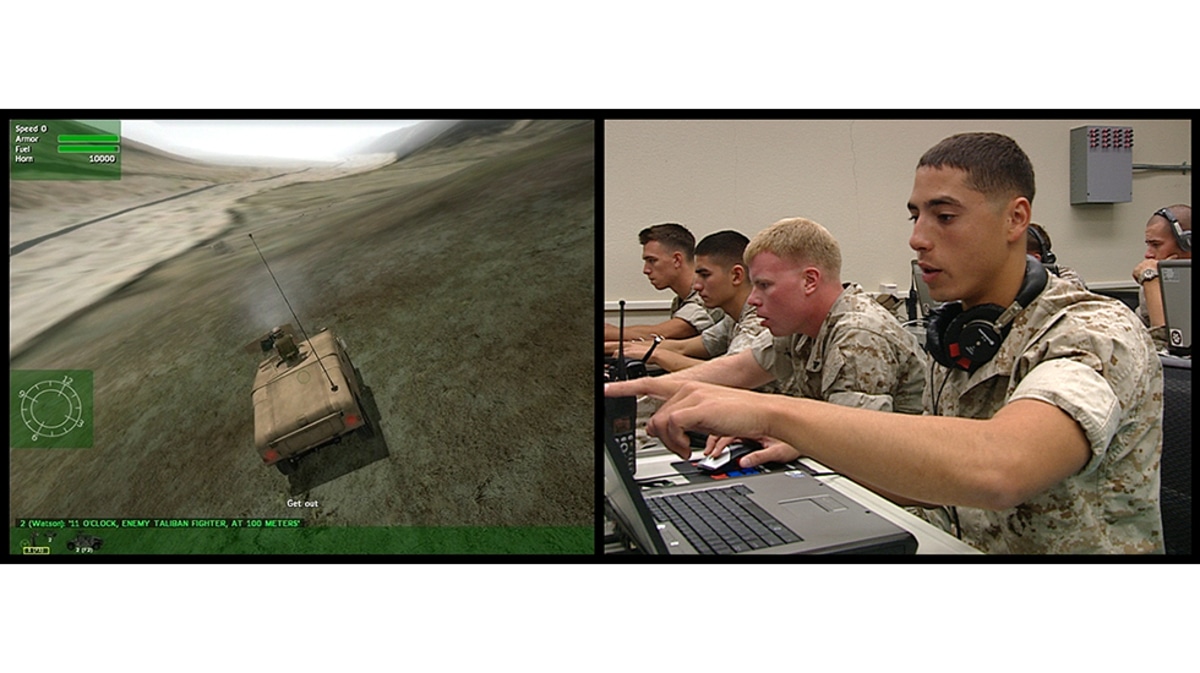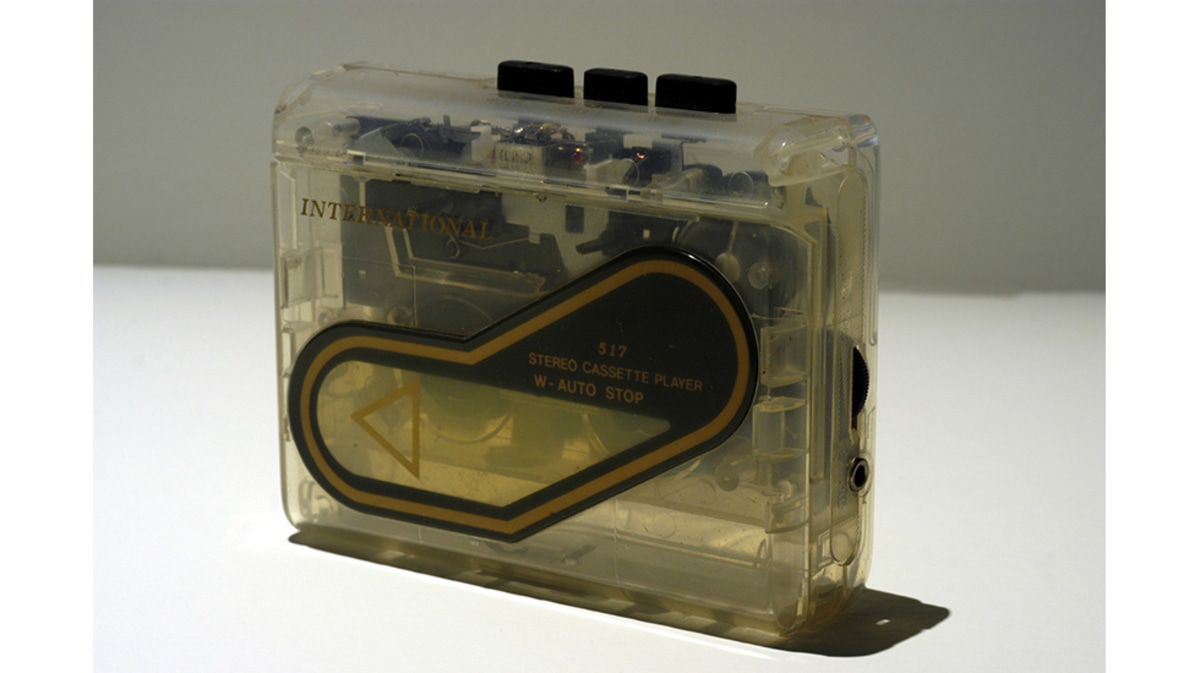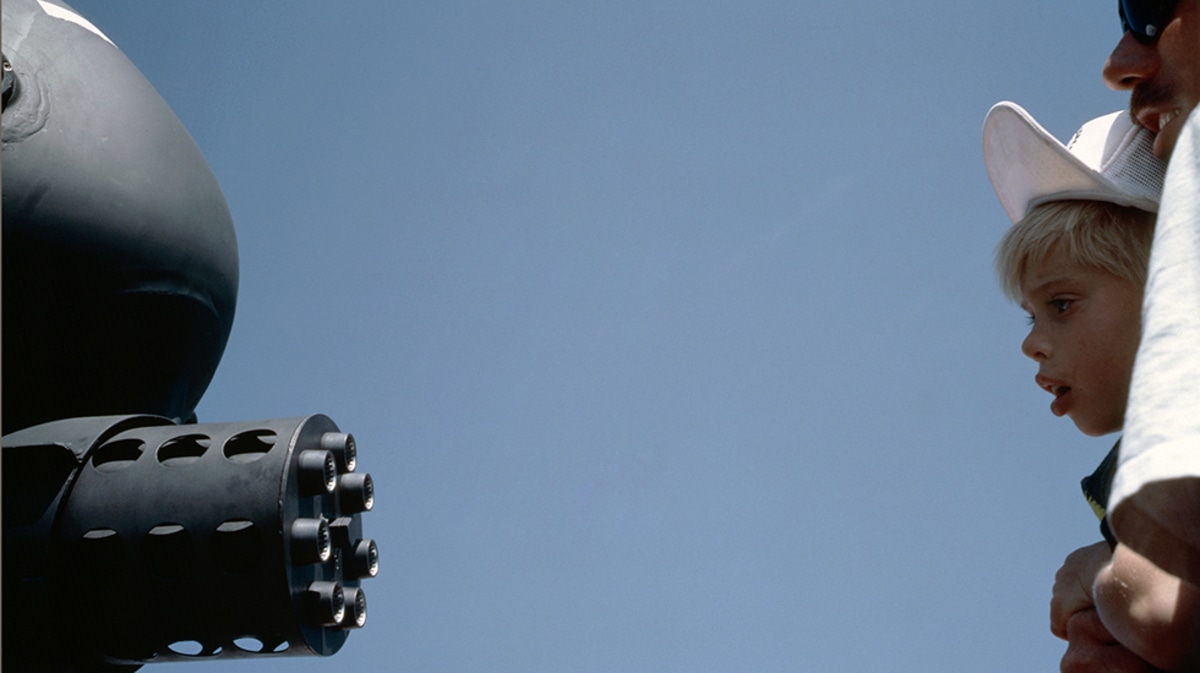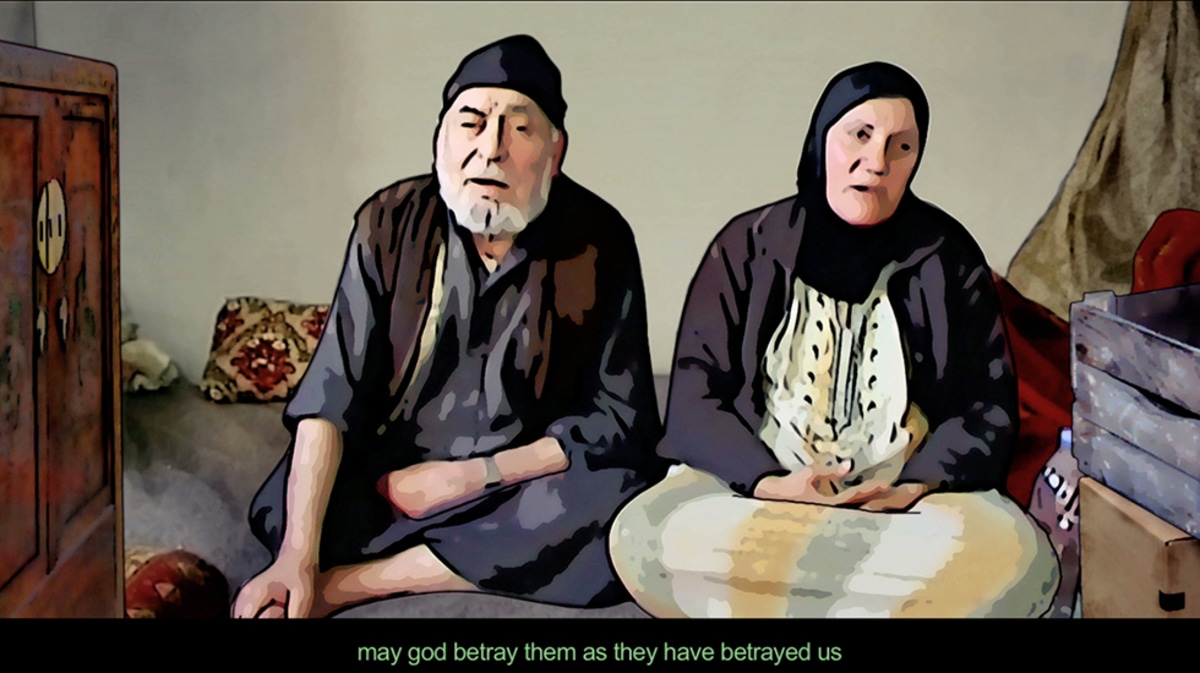The Image in Question: War–Media–Art
The Carpenter Center for the Visual Arts and the Goethe-Institut Boston present The Image in Question:War – Media -Art, curated by Antje Ehmann and Harun Farocki, with work by Peggy Ahwesh, Kota Ezawa, Harun Farocki, Jean-Luc Godard, William E. Jones, Lamia Joreige, Allan Sekula, Wael Shawky, and Fazal Sheikh. The exhibition features video installation, animation, and photographic works that explore strategies of representation of conflict and loss in our increasingly computerized age of combat.
The exhibition showcases nine artists from five countries, including two installations by Harun Farocki: the two-channel Immersion (Germany, 2009), filmed at Fort Louis military installation in Seattle, WA, and the U.S premiere of the single-channel video Serious Games 1 / Watson is Down (Germany, 2010), filmed at the Marine Corps Air Ground Combat Center known as 29 Palms in California. The pieces explore the use of computer animation and video game technology to train soldiers by simulating combat situations in realistic settings based on actual landscape coordinates and satellite data. The programs are used as tools for therapeutic treatment as well, allowing soldiers to alleviate combat trauma by virtually reliving events.
Statement by the Curators
The airplanes, submarines and tanks of World War I could not be adequately drawn in ink, painted in oil or cast in bronze. The new weapons demanded new techniques to depict them: the verisimilitude of photography or the dynamics of film.
The weapons of our post-industrial age are computerized and demand computer-generated images for rendition. Computer animation is not only an appropriate form of depiction, it is in itself part of the weapon system. Computer animation prepares the soldier for his deployment in the field. Computer animation is also used to cure returning soldiers traumatized by their experience of war: part of their therapy is the reenactment of key events in the field by means of computer animation.
Battles and attacks are initially simulated on the computer when strategy is discussed; operations that have been completed are archived in the program’s memory and become part of the simulation.
Our exhibition is a collection of art works dealing with the question: how can the wars of the present and the experience of war be adequately represented? Can the military image be re-appropriated or how can it be countered? What are different types of images capable of? – The Image in Question.
— Antje Ehmann & Harun Farocki
The Image in Question: War—Media—Art is co-sponsored by the Carpenter Center for the Visual Arts and the Goethe-Institut Boston, and is made possible with support from the Office of the Dean of the Faculty of Arts and Sciences.
The panel discussion in conjunction with the opening celebration is co-sponsored by the Carpenter Center for the Visual Arts and the Center for Middle Eastern Studies at Harvard University, with support from the Aga Khan Program at the Graduate School of Design, and Club Medina.
